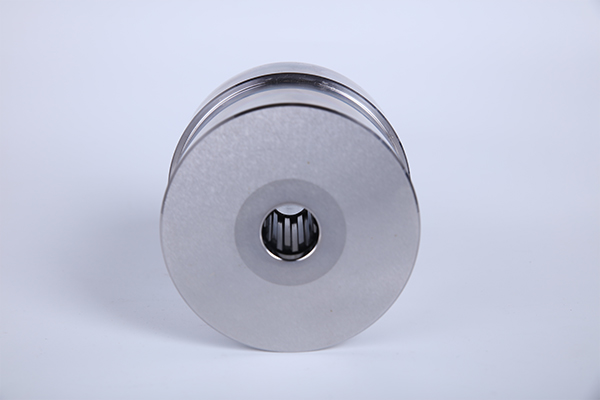
Tungsten carbide drawing dies made to your quality requirements allow you to meet quality, uptime and speed standards. Wire drawing dies are commonly used to reduce the diameter of various ferrous and non-ferrous rods and wires. Applications include various grades of low, medium and high carbon steels, steel alloys, stainless steel, welding wire as well as various non-ferrous rods and wires.
JLS Precision tungsten carbide drawing dies (cemented carbide dies) give the wire manufacturer the ability to maintain uniform wire roundness, minimizing material usage and scrap. Tungsten carbide dies are an excellent option for manufacturing ferrous rod-size wires. They are also ideal for short trial runs. JLS Precision drawing dies are manufactured with a mirror polish and a smooth wire entry to ensure optimal die life and string-up. JLS precision offers a complete line of carbide drawing dies for a rod-size wire down to the medium-size wire.
High impact resistance, toughness, wear-resistance and quality consistency. You are encouraged to use professional carbide grades for cold heading &punching die nibs. Power metallurgical Compacting dies and other industries. For stable performance and high-cost-effectiveness. They have been proved to be ideal in making non-ferrous metal, ferrous metal and other alloys.
Tungsten carbide has the following characteristics:
1. High wear resistance. Tungsten carbide cold heading dies material high wear resistance, tensile modulus can be guaranteed long-term work in any degree of deformation, ensuring standard size unchanged.
2. Excellent in polishing. Carbide has a good polishing, mirror surface can be processed into the die..
3. Adhesion to metal is small. In the process of tungsten carbide cold heading, ferrous metal material adhered to tungsten carbide, ensuring a high tungsten carbide cold heading die life.
4. The friction coefficient and energy consumption are small.
5. High thermal conductivity. Since the thermal conductivity of the tungsten carbide die is high, the heat generated during the cold forging can quickly be conducted away to improve the durability of the mold.
6. Good corrosion resistance.
7.Good concentricity, no deformation on the inner hole.





